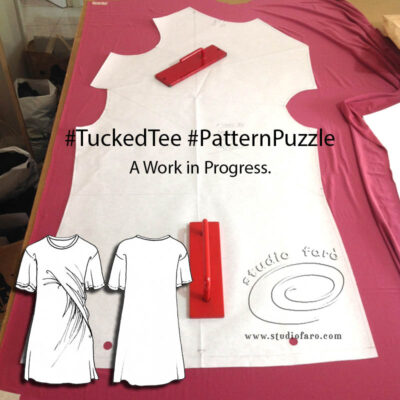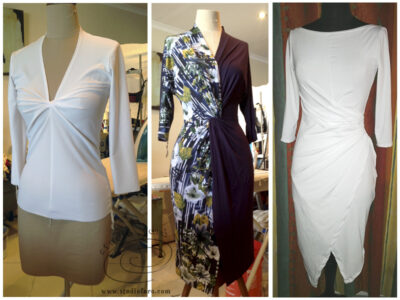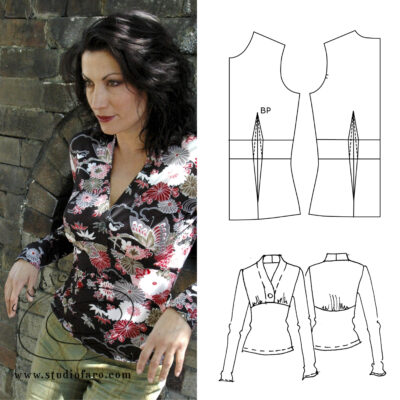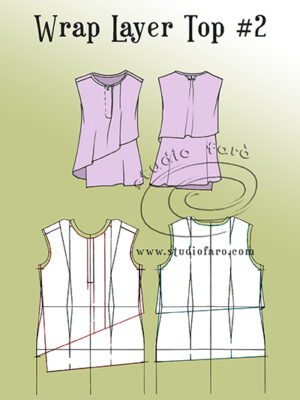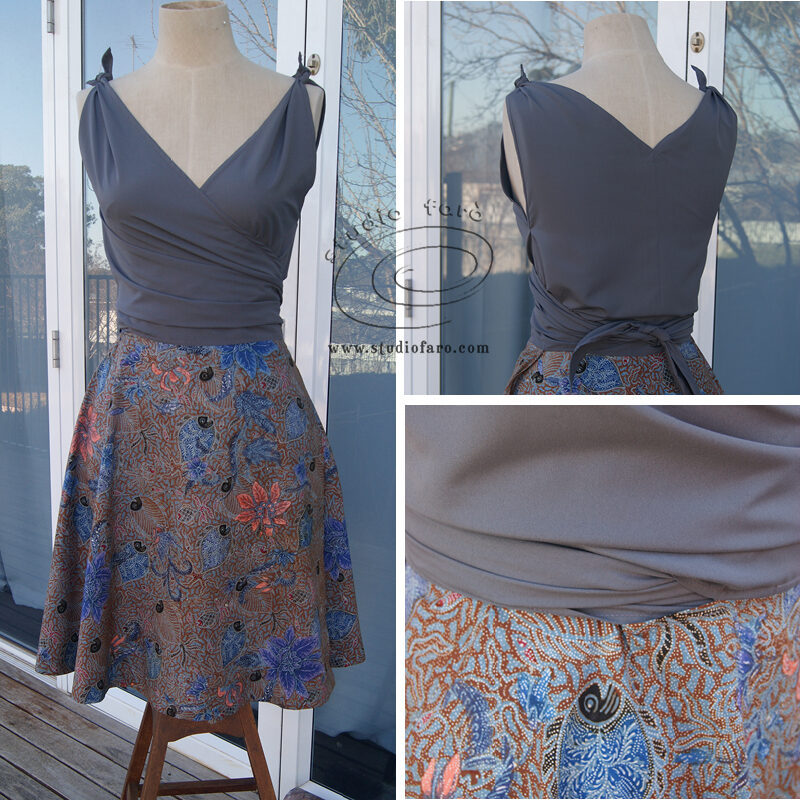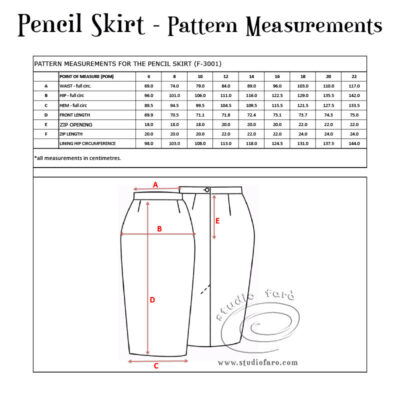30 Aug Retro Wrap Sewing Instructions
Posted at 11:11h
in Garment Construction, Pattern Puzzle Sewing Patterns, Pattern Puzzles, Sewing patterns, Stretch Patterns, Vintage Patterns
4 Comments
The Retro Wrap was one of my earliest Pattern Puzzle patterns and easily one of the all-time favourites. I've made the original pattern and all the adjustments necessary to prepare it for conversion into a PDF Sewing Pattern. And I do admit that working out the grading plan for this style was a huge challenge. When the grade document is returned I'll let you know if it was successful.
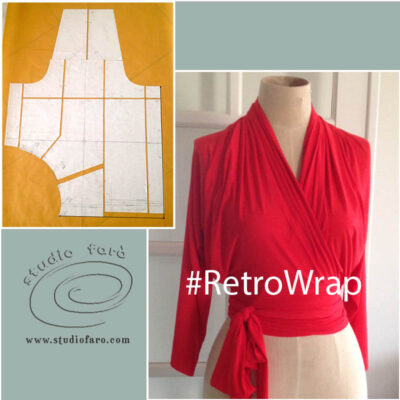


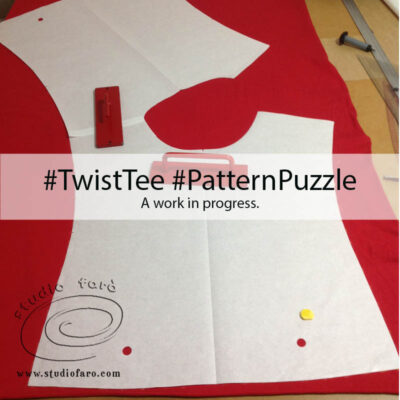
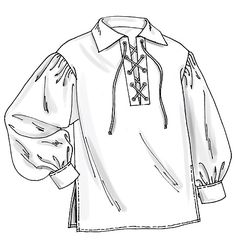
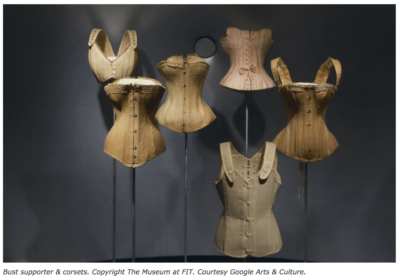 Bust supporter and corsets. Copyright The Museum at FIT. Courtesy Google Arts and Culture.
Bust supporter and corsets. Copyright The Museum at FIT. Courtesy Google Arts and Culture.